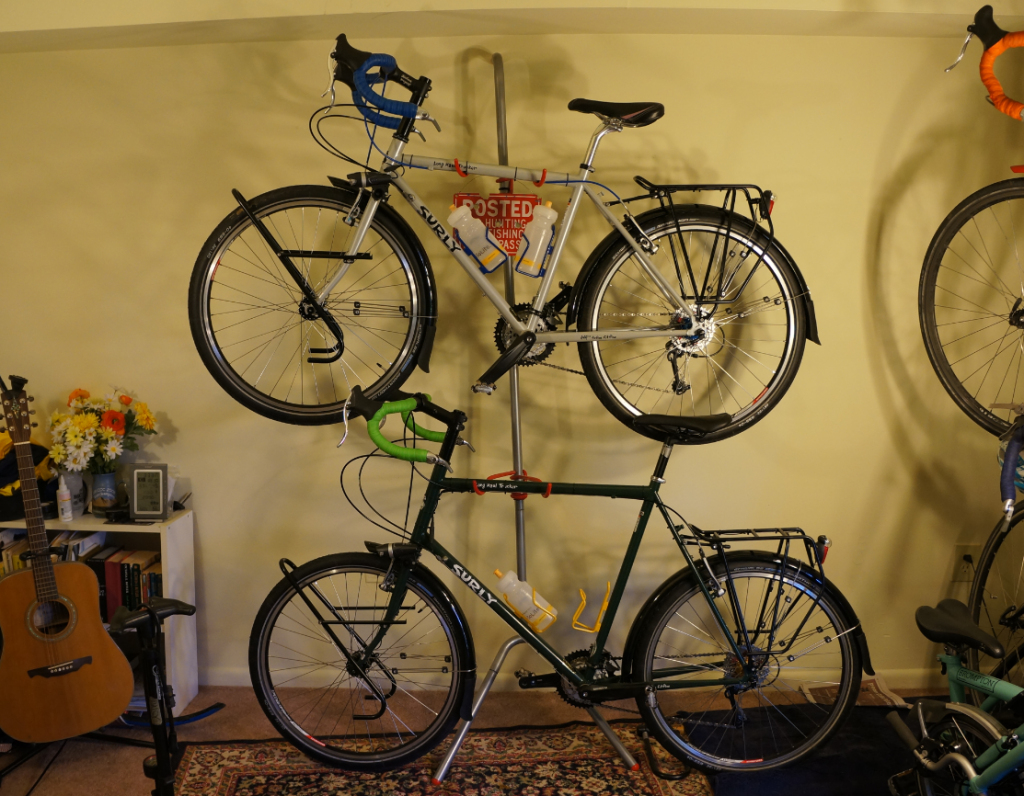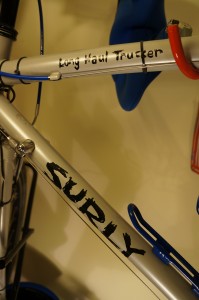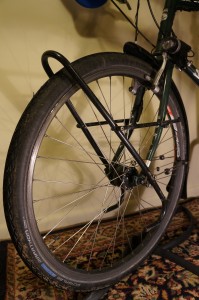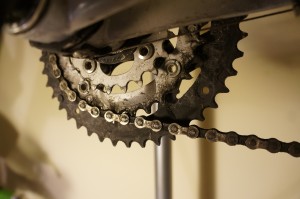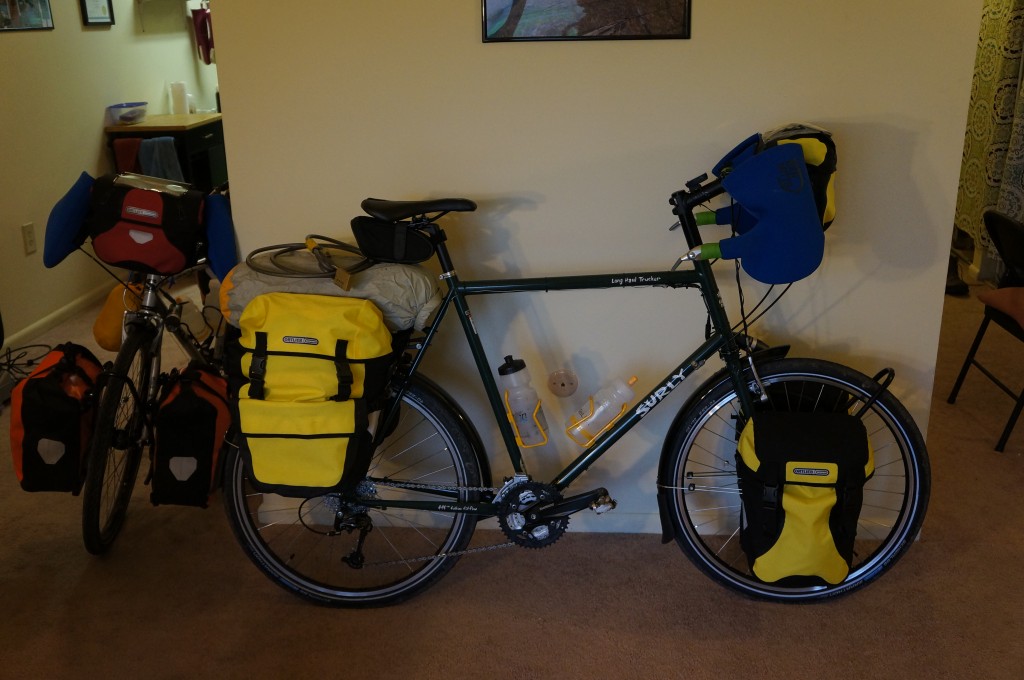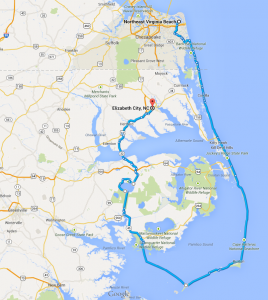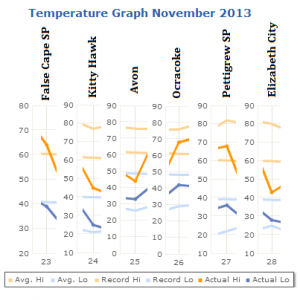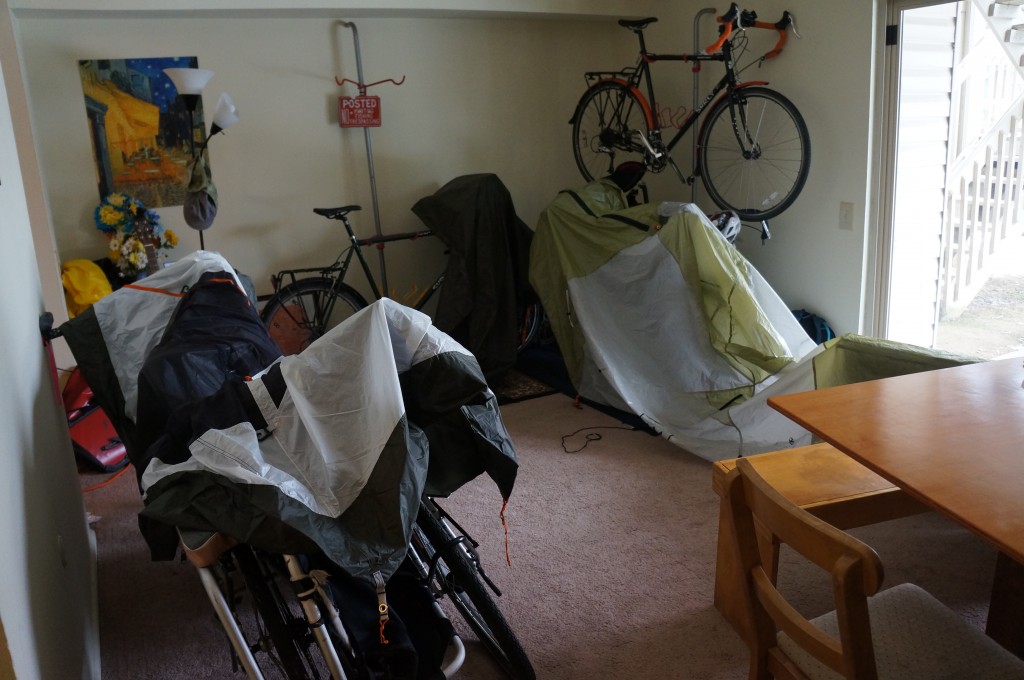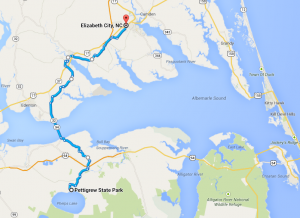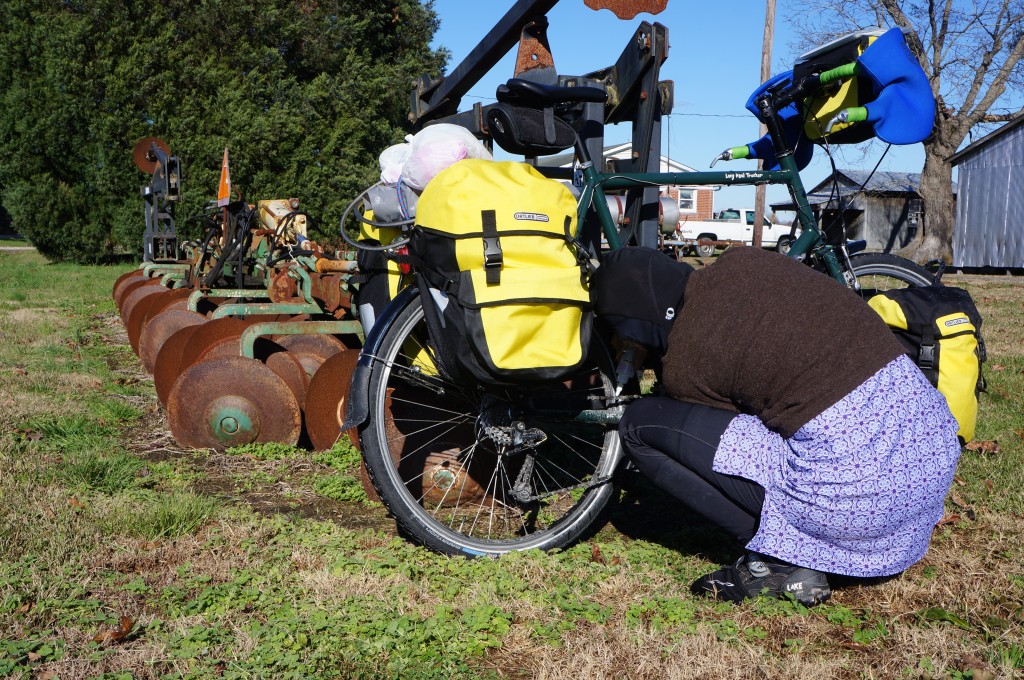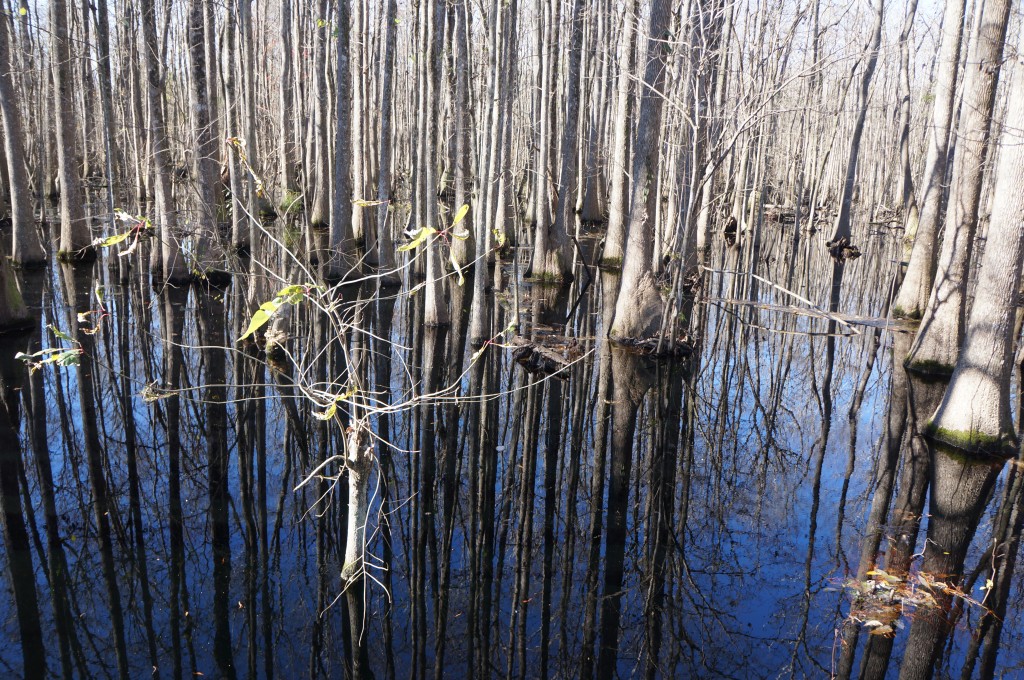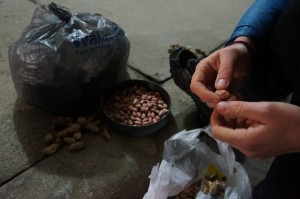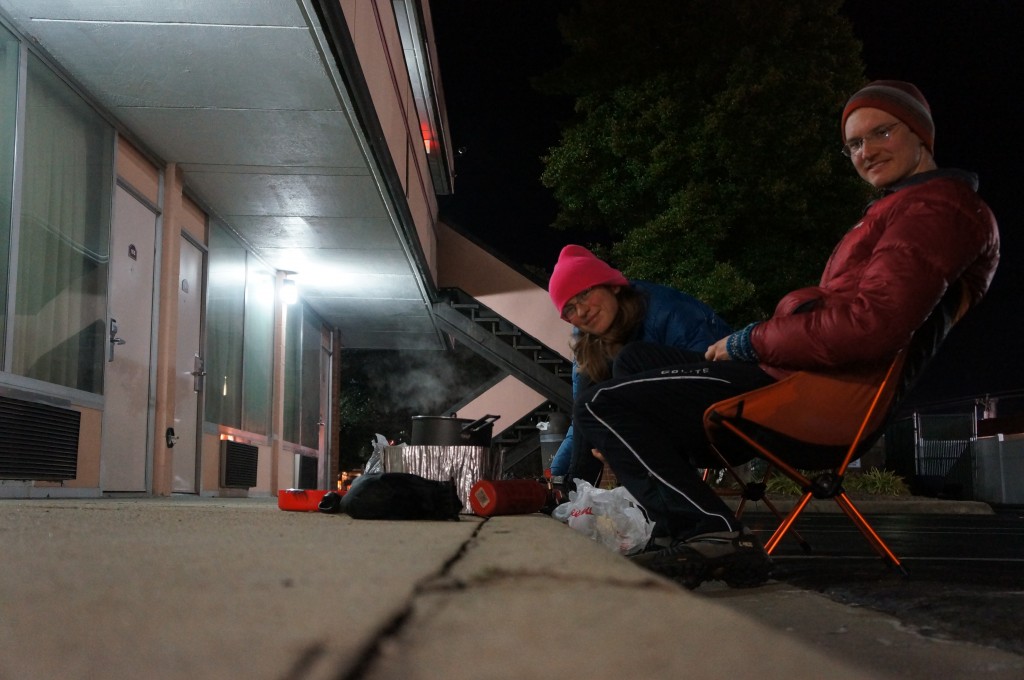I was looking for a light, durable, inexpensive computer to take on bicycle tour. Chromebooks, netbooks, “regular” laptops, and tablets were all on my list of possibilities. I decided on a Chromebook (Acer C720, $199).
Pros:
Lightweight – less than 3 lbs
8.5 hrs battery life – or more, with the wifi off
Small for a laptop (but not as small as a tablet)
Solid-state drive – no moving parts means it is more durable and harder to break
Boots up in just a few seconds – because it only runs Chrome and its Apps
Inexpensive – only $199 on sale
Cons:
Only 16 GB hard drive – but it comes with 100 GB cloud storage
Can’t run Word or other programs – but Google docs works offline and syncs automatically
Larger than a tablet – but is compact for a device that has a full keyboard
No offline WordPress App – will have to use Google Docs offline, and then copy text into posts
Review:
After my first two weeks, I’m quite happy with my Chromebook. I’ll only need the Chrome web browser to be able to blog and check email while on tour, so having limited program functionality is not an issue. The cloud storage will compensate for the small local storage, and will have the added bonus of backing up all of our photos along the way.
When on tour, we’ll be camping a lot without electricity. The long battery life will be key – I didn’t come across any other tablets or computers that compared (without being much heavier). I’ll write posts using Google Drive offline, and can copy the text into WordPress to make posts when we have an internet connection. This computer will certainly be a great upgrade over writing emails on a ipod touch or using public computers at libraries.

